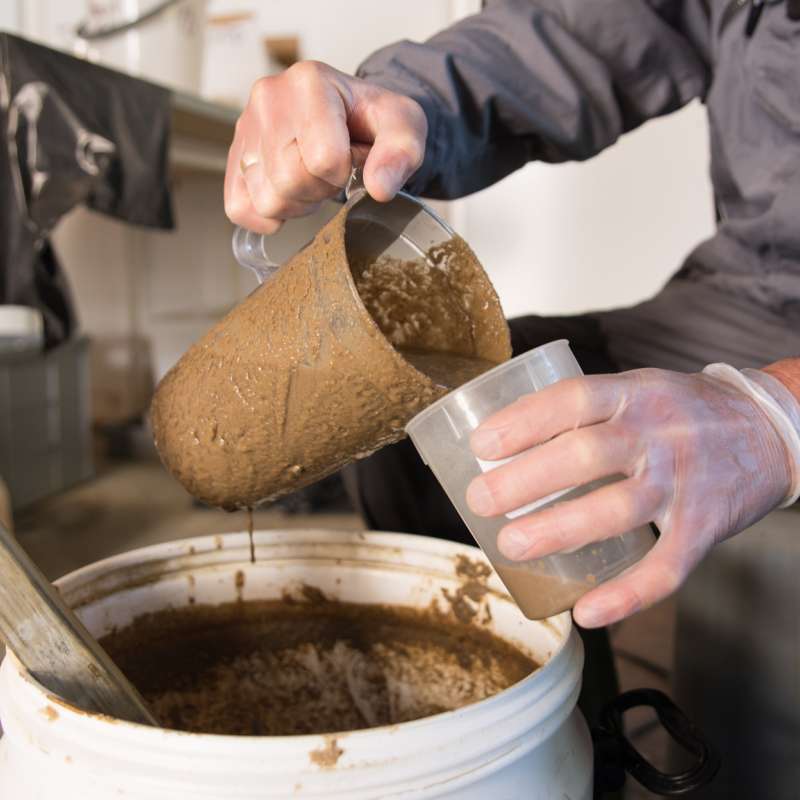Linn Solli
Research Scientist
Biography
Education: Doctoral degree (PhD) (2017) in microbiology at the University of Life Sciences, NMBU.
Area of research:
- Blue / green bio economy (agriculture / aquaculture)
- Climate and environmentally friendly management of organic residual fractions (animal manure, fish sludge, slaughterhouse waste etc)
- Anaerobic degradation of organic fractions
- Biogas process and methane production
- Dynamics in anaerobic microbiological communities
- Tolerance for nitrogen (ammonia) and fatty acids (LCFA / VFA) in anaerobic microbiological communities
- Syntrophic relations between different groups of bacteria and methanogenic Archaea
At Ås we have Norway's largest biogas laboratory, with equipment and instruments for various types of biogas experiments (e.g. potential tests, long-term continuous biogas experiments, analysis of gas and organic material). The laboratory also has facilities for micro-algae experiments, composting experiments and a number of different analyzes.
Abstract
No abstract has been registered
Abstract
No abstract has been registered
Abstract
No abstract has been registered

